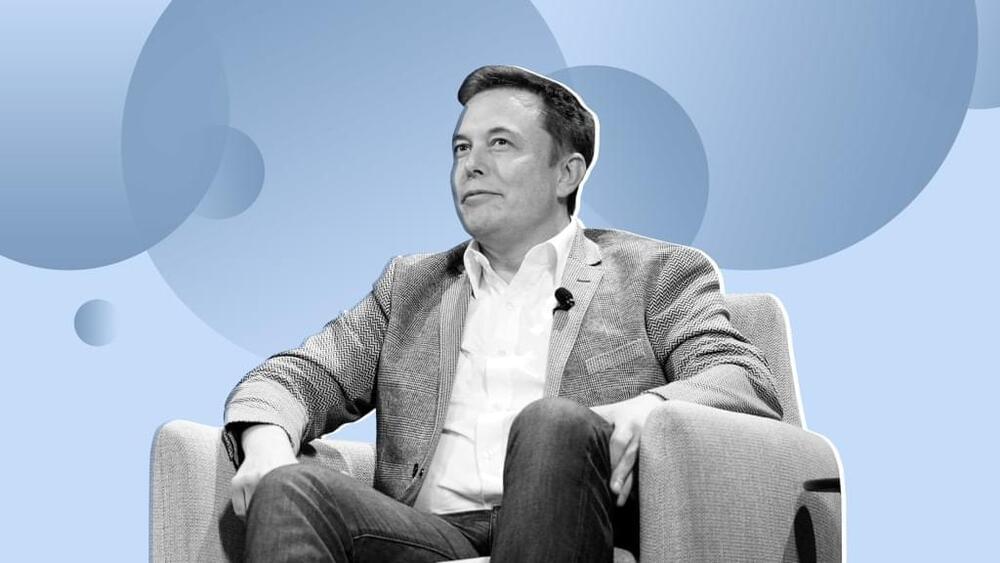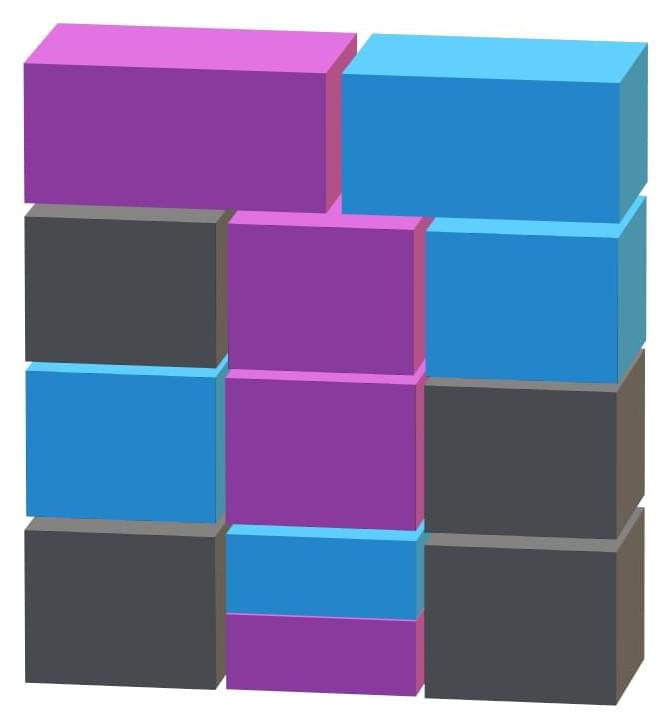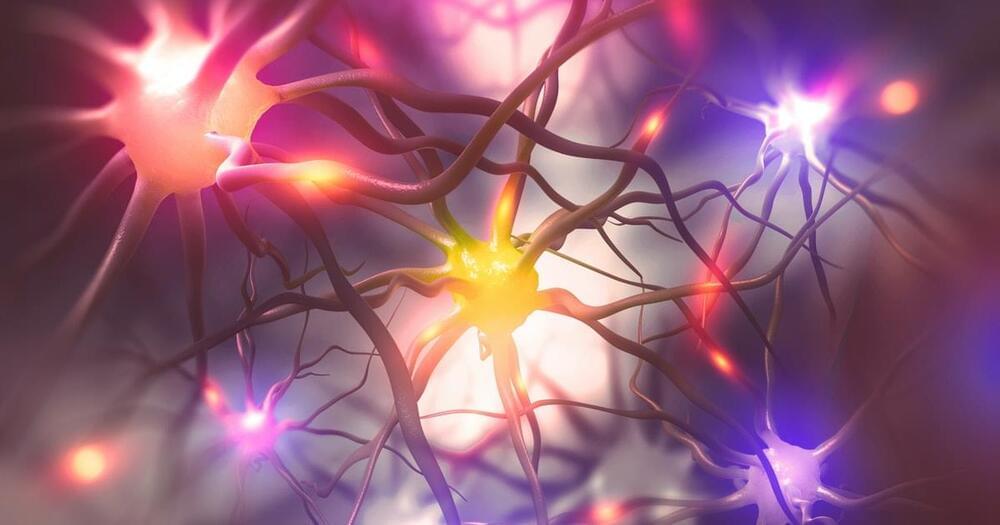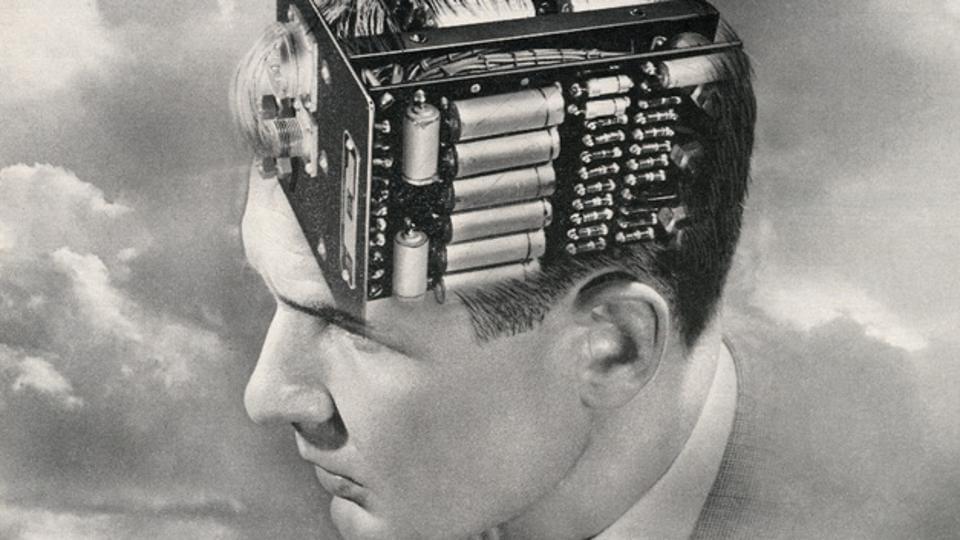The authors of a review conclude that probiotics may improve cognitive function or lessen cognitive decline in adults but not children.




Decisions, decisions. All of us are constantly faced with conscious and unconscious choices. Not just about what to wear, what to eat or how to spend a weekend, but about which hand to use when picking up a pencil, or whether to shift our weight in a chair. To make even trivial decisions, our brains sift through a pile of “what ifs” and weigh the hypotheticals. Even for choices that seem automatic—jumping out of the way of a speeding car, for instance—the brain can very quickly extrapolate from past experiences to make predictions and guide behavior.
In a paper published in January 2020, in Cell, a team of researchers in California peered into the brains of rats on the cusp of making a decision and watched their neurons rapidly play out the competing choices available to them. The mechanism they described might underlie not just decision-making, but also animals’ ability to envision more abstract possibilities—something akin to imagination.
The group, led by the neuroscientist Loren Frank of the University of California, San Francisco, investigated the activity of cells in the hippocampus, the seahorse-shaped brain region known to play crucial roles both in navigation and in the storage and retrieval of memories. They gave extra attention to neurons called place cells, nicknamed “the brain’s GPS” because they mentally map an animal’s location as it moves through space.

We’re in a golden age of merging AI and neuroscience. No longer tied to conventional publication venues with year-long turnaround times, our field is moving at record speed. As 2021 draws to a close, I wanted to take some time to zoom out and review a recent trend in neuro-AI, the move toward unsupervised learning to explain representations in different brain areasfootnote.
One of the most robust findings in neuro-AI is that artificial neural networks trained to perform ecologically relevant tasks match single neurons and ensemble signals in the brain. The canonical example is the ventral stream, where DNNs trained for object recognition on ImageNet match representations in IT (Khaligh-Razavi & Kriegeskorte, 2014, Yamins et al. 2014). Supervised, task-optimized networks link two important forms of explanation: ecological relevance and accounting for neural activity. They answer the teleological question: what is a brain region for?
However, as Jess Thompson points out, these are far from the only forms of explanation. In particular, task-optimized networks are generally not considered biologically plausible. Conventional ImageNet training uses 1M images. For a human infant to get this level of supervision, they would have to receive a new supervised label every 5 seconds (e.g. the parent points at a duck and says “duck”) for 3 hours a day, for more than a year. And for a non-human primate or a mouse? Thus, the search for biologically plausible networks which match the human brain is still on.

Our bodies have some healing and regenerative capabilities. For most of us, cuts will mend, we’ll recover from mild infections, and at the cellular level, | Genetics And Genomics.
The leading scientific social networking website and producer of educational virtual events and webinars.

The anterior insular cortex requires more understanding in its role for human cognition and consciousness. But the next time you notice a cyclist who came out of nowhere or a dog that’s about to round the corner, you can thank your anterior insular cortex for it.
INVERSE is counting down the 20 science discoveries that made us say “WTF” in 2021. This is #2. Read the original story here.

As a control, other brains received either a fake solution or no solution at all. None revived brain activity and deteriorated as normal.
The researchers hope the technology can enhance our ability to study the brain and its cellular functions. One of the main avenues of such studies would be brain disorders and diseases. This could point the way to developing new of treatments for the likes of brain injuries, Alzheimer’s, Huntington’s, and neurodegenerative conditions.

“The fungus in these experiments showed spatial recognition, memory and intelligence. It’s a conscious organism.”
Article: https://psyche.co/ideas/the-fungal-mind-on-the-evidence-for-mushroom-intelligence.
(Clickable links at PaulStamets.com)
Nicholas P Money is a professor of biology and Western programme director at Miami University in Oxford, Ohio.
(See also my book wherein I postulated that mycelium has a consciousness: Mycelium Running: How Mushrooms Can Help Save the World.)
Source: https://www.sciencedirect.com/science/article/pii/S1878614621000246
#research #mycology #science #intelligence #mycelium #fungi #fungalmind #mushrooms #petri #consciousness #discovery

Few individuals write about issues that impact human survival. Fewer still win multiple literary awards for writing science fiction novels. Hardly anyone joins a major corporation as chief futurist. Neal Stephenson can be credited for doing all three.
Writer, academician, video game designer and technology consultant are just some of the things Neal is famous for. He has authored historical epic novels ‘Cryptonomicon’ and ‘The Baroque Cycle;’ science fiction novels ‘The Diamond Age’ and ‘Anathem;’ contemporary thrillers ‘Zodiac’ and ‘REAMDE;’ and science fiction epic ‘Seveneves,’ among others.
His “Snow Crash” published in 1992 preceded ” The Matrix” series and introduced the concept of “The Metaverse”. Yes, Neal Stephenson coined the term. And his 1994 “Interface” preceded NeuraLink by over 20 years!
In his latest science fiction book “Termination Shock,” Neal lays out a scenario where an individual takes technological steps to intervene in climate change in order to ensure human survival. Let’s hope that this book does is not as prophetic as some of the others.
His imagination, unique sense of technology trends, immersive literary style, and attention to detail set a very high bar for the other science fiction authors. In the past, when people asked me what I would do when aging is defeated, I usually answered that I would catch up on Neal Stephenson’s novels as well as movies and video games based on his work.
Full Story:

The propensity to cry emotional tears is uniquely human. Of all the claims to human exceptionality—consciousness, intelligence, innovation—it is the liquid that falls from our eyes when we are sad, happy, jealous, angry, and grateful, more than anything else, that we can call ours, and ours alone.
And yet the act of emotional crying is poorly understood. There is remarkably little consensus about the purpose of crying, its underlying physiology, and its impact on our moods. “What intrigued me about crying is how few people in the world have been studying it,” said Lauren Bylsma, an assistant professor of psychiatry and psychology at the University of Pittsburgh. “You would think with such a ubiquitous and important behavior, there would be more known about it.”